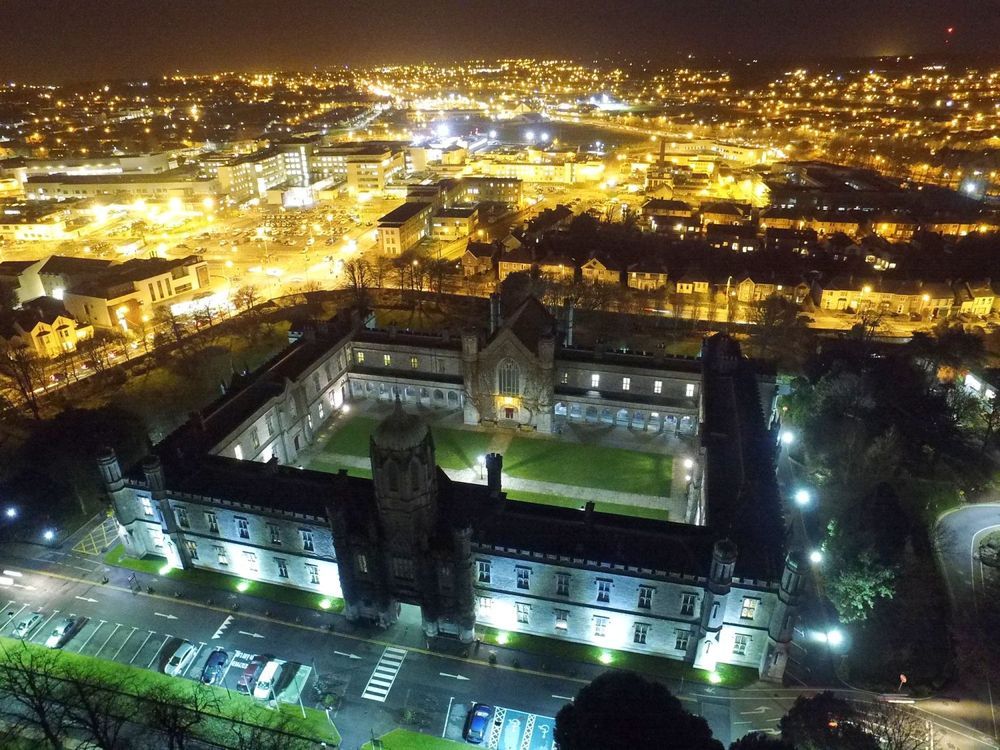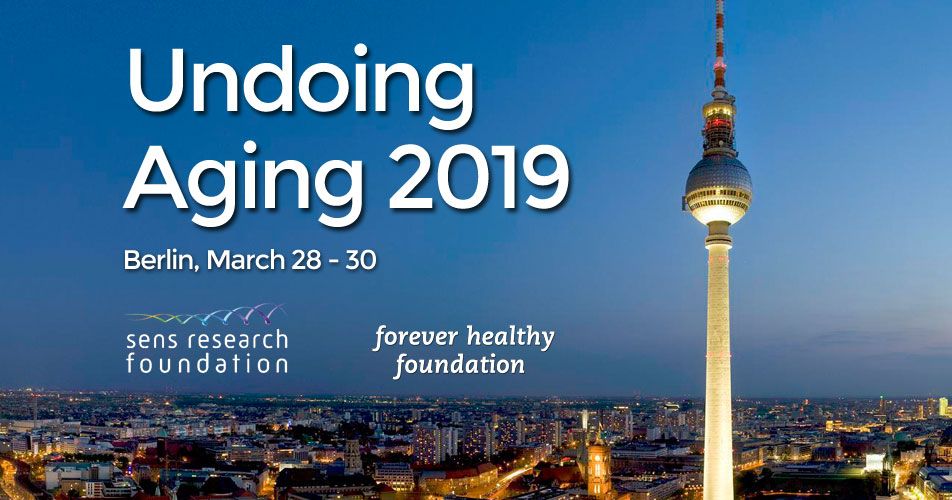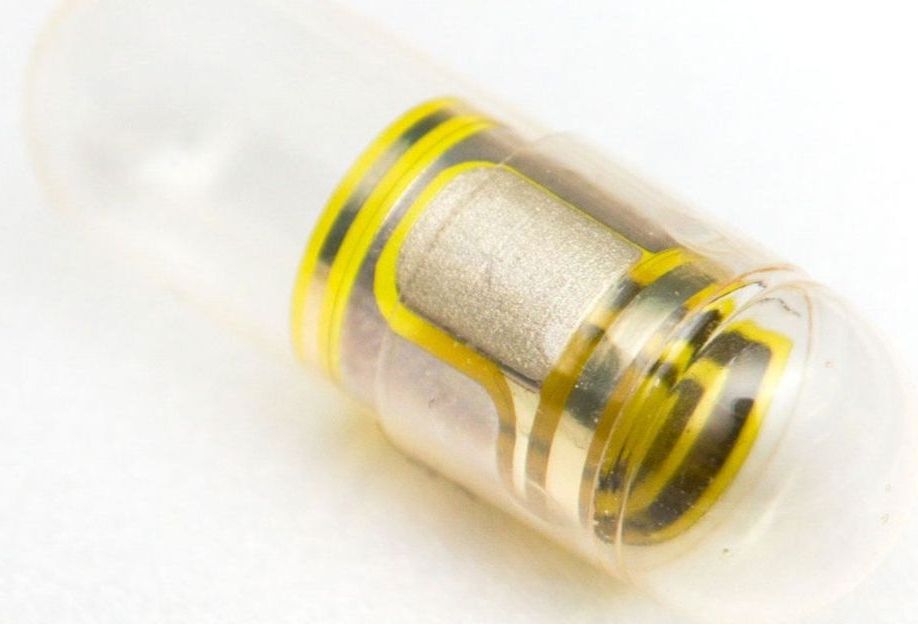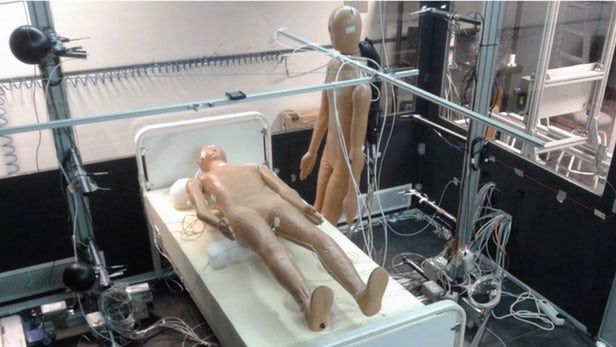E-mail address: [email protected]
https://orcid.org/0000-0002-3440-9774
Department of internal medicine, UT southwestern medical center, dallas, texas.

E-mail address: [email protected]
https://orcid.org/0000-0002-3440-9774
Department of internal medicine, UT southwestern medical center, dallas, texas.

NUI Galway will lead a new €13 million SFI Centre for Research Training in Genomics Data Science. The new Centre will train a generation of 100 highly skilled PhD graduates to harness the collective potential of genomics and data science to have transformative scientific, economic and societal impacts.
Announced recently by Minister Heather Humphreys TD Minister for Business, Enterprise, and Innovation, and Minister of State for Training, Skills, Innovation, Research and Development, John Halligan TD and Science Foundation Ireland, the Centre will be led by NUI Galway and will involve partners from UCD, TCD, RCSI and UCC.
A genome is an organisms complete set of DNA or genetic material and it contains all of the information needed to build and maintain that organism. Genomics is the branch of science that studies genomes to see how they direct the growth and function of cells and organisms and it is a key area of fundamental science with real-world impacts in areas from human health to agriculture and food production. In recent years the field of genomics has undergone a revolution, driven by new technologies that generate data on an enormous scale. In order to make sense of the large and complex datasets arising from analysis of genomes, we require highly trained data scientists, who can turn this data into useful information that can increase scientific understanding and enable us to harness the power of genomics to drive innovation and create real-world solutions.

It will be our second conference totally focussed on the science of actual human rejuvenation therapies to repair the damage of aging.
We are happy to begin introducing the speakers, starting with Dr. Jerry Shay.
Dr. Shay is the Vice Chairman of the Department of Cell Biology at The University of Texas Southwestern Medical Center in Dallas. Dr. Shay´s work on the relationships of telomeres and telomerase to aging and cancer is well recognized.
“Jerry has been a stalwart supporter of the SENS concept for well over a decade, and a world leader in the telomere biology field for much longer than that. He spoke at the very first SENS conference, back in 2003, and it will be a joy to welcome him again.” says Aubrey de Grey.

At Lawrence Berkeley National Laboratory and at the Buck Institute for Research on Aging, Dr. Judith Campisi established a broad program to understand the relationship between aging and age-related disease.
Judith Campisi says: “Aging research has entered an era of unprecedented hope for interventions that can prevent, delay and, in some cases, reverse much of the functional decline that is a hallmark of aging. There is still a lot of research to be done! I am delighted to be among the speakers at Undoing Aging 2019, where I will discuss the opportunities and challenges of our recent research.”
“Judy has been a towering figure in the field of senescent cells for decades; among other things she pioneered the idea that senescent cells could be actively toxic to their environment and the discovery that cell senescence has a beneficial physiological role in wound healing. She was also one of the first senior gerontologists to appreciate the merits of the SENS approach when I first proposed it in 2000, and her support for it and us ever since has been of incalculable benefit in helping it achieve the mainstream status it enjoys today.” says Aubrey de Grey.

In the future, some commonly prescribed medication may have tiny trackers built into each capsule that monitor patients who take them. The technology is part of the ID-Cap system created by etectRx, a Florida company. The system has been submitted to the FDA for review and will undergo a 90-day study with Harvard’s Brigham and Women’s Hospital and the Fenway Institute.


Pain is something that the vast majority of us just have to deal with, and sometimes on a daily basis. Not being able to feel pain is almost unimaginable, but that’s the life one woman in Scotland has been living for 66 years. She doesn’t feel cuts, burns, and even surgery doesn’t register with her, and she’s lived her entire life thinking that was perfectly normal.
Her case, which was published in the British Journal of Anaesthesia, only caught the attention of doctors after she recovered from orthopedic hand surgery with no reported pain. As with all patients, she was given a suite of pain-numbing meds while the operation was carried out, but even after the drugs wore off she reported absolutely no pain whatsoever. That’s when doctors realized something was amiss.
Join us at 7pm tonight!
Neal vanderee officiator at the church of perpetual life.
The pursuit of immortality, regeneration & longevity.
Gabriel Rothblatt will join us with his presentation: “What is Terasem? The pursuit of Joyful Immortality.”
Anand Patel will give a presentation on
